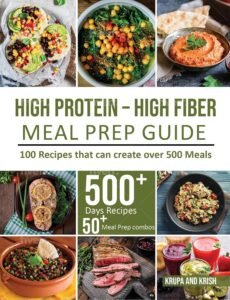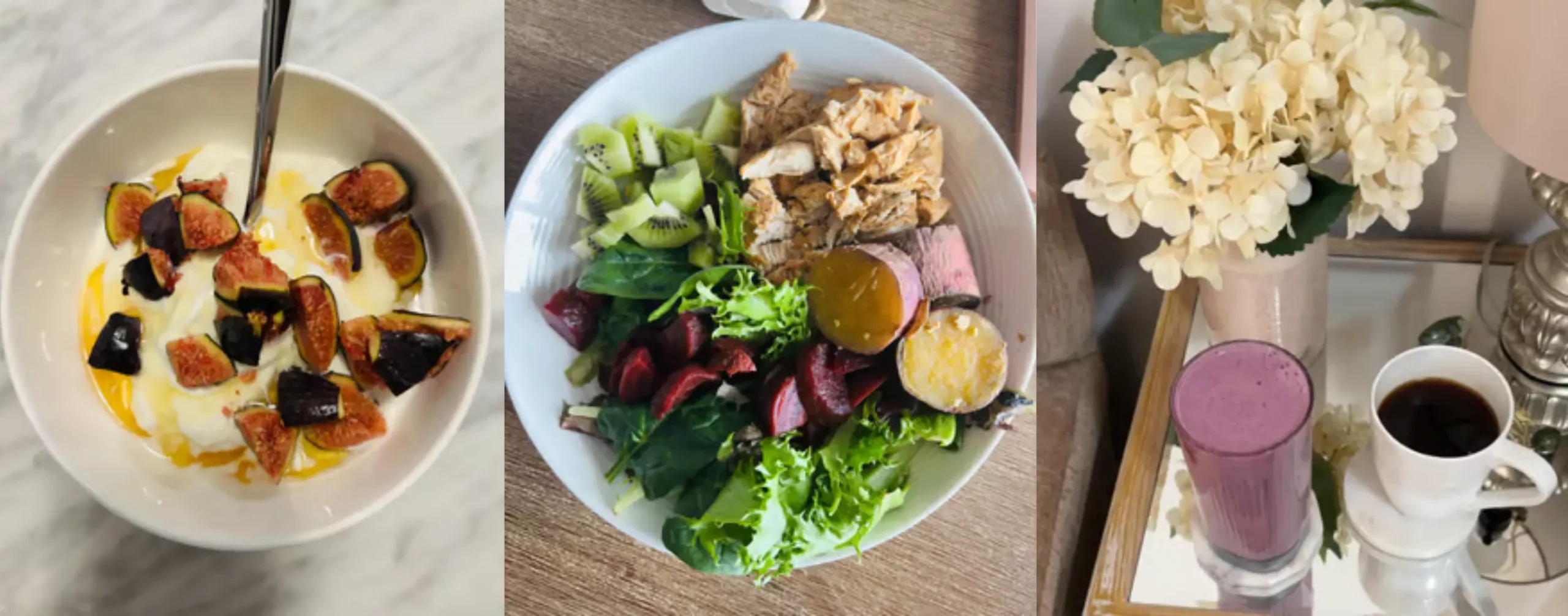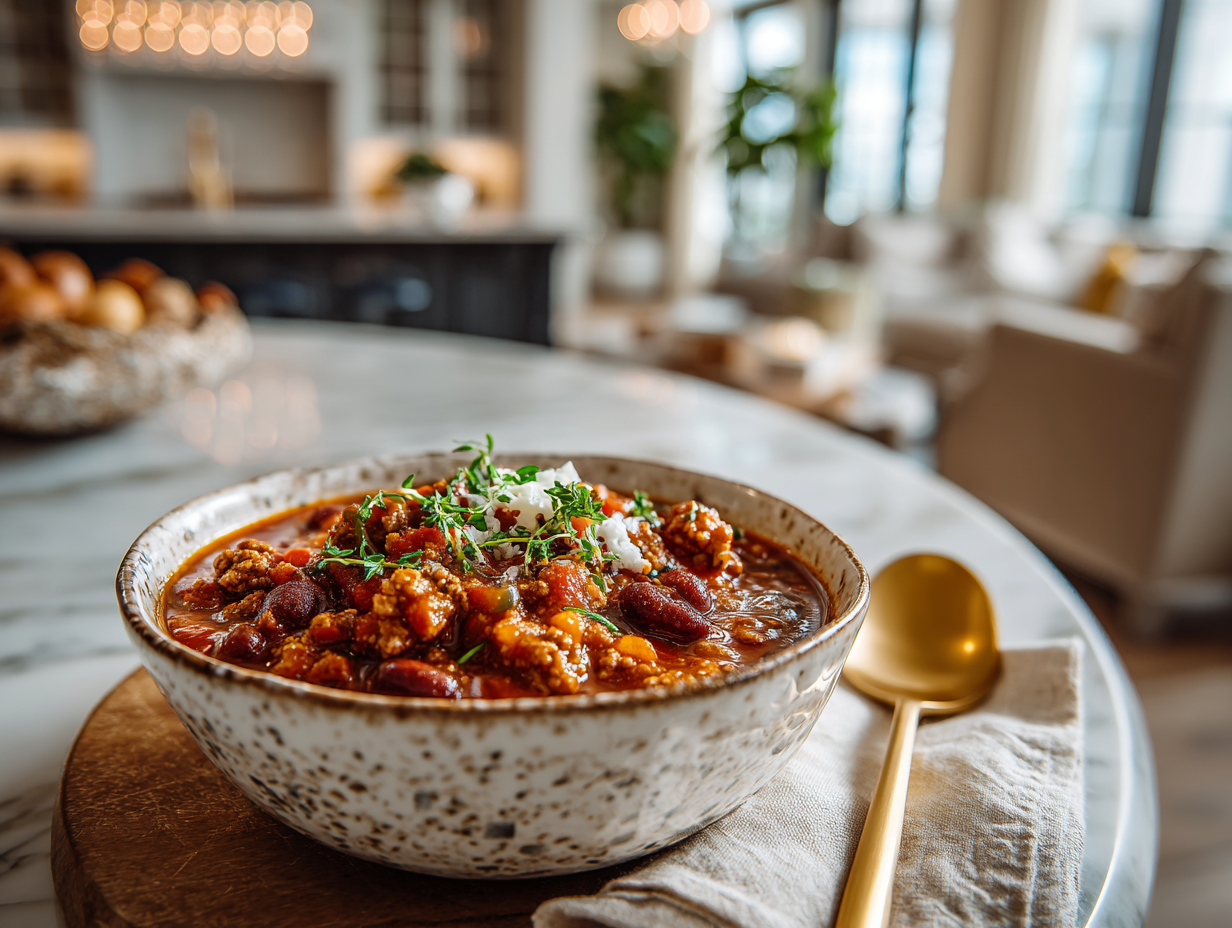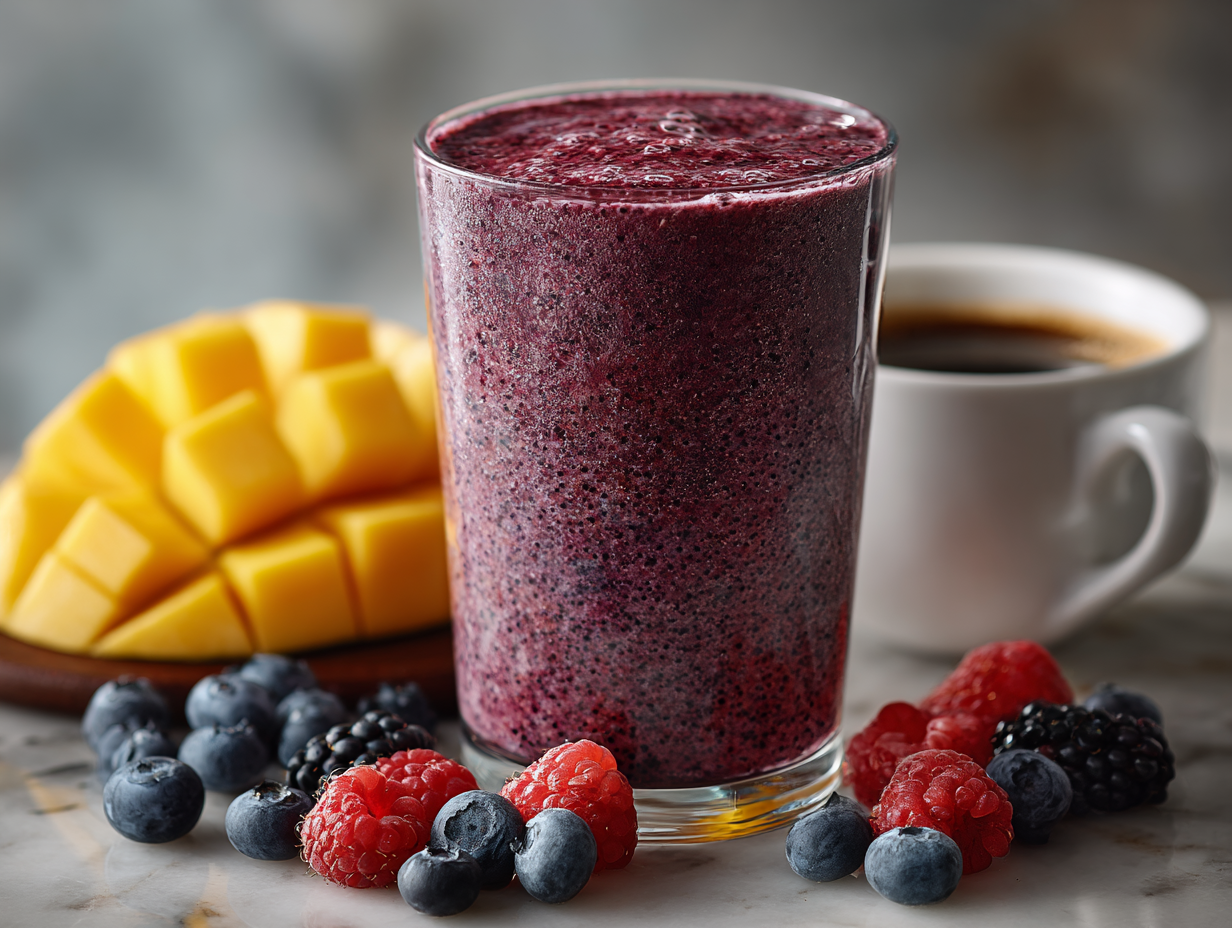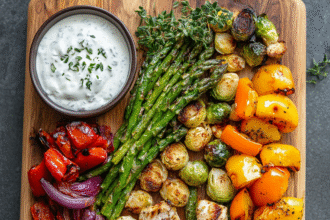Top 20 High-Fiber Fruits and Vegetables — With Fiber, Calories, and How I Eat Them
Note: All nutrition info is based on USDA averages and may vary depending on how the food is cooked (steamed, roasted, raw) or the variety used.
When I shifted to a high-protein, high-fiber lifestyle, my meals changed completely. I don’t eat much bread, rice, or pasta anymore. Instead, I rely on fruits and vegetables as my main source of carbohydrates — and the benefits have been incredible: more energy, fewer cravings, and consistently great digestion.
Below are the top high-fiber fruits and vegetables I eat every week. These aren’t just sides or toppings — they’re the core of my meals, roasted, stirred into smoothies, or eaten raw with yogurt.
High-Fiber Vegetables Chart
| Vegetable | Fiber (g) | Calories | Best Cooking Method |
|---|---|---|---|
| Sweet Potato | ~4.0 g (1 medium, ~150g) | ~130 kcal | Oven-roasted with avocado oil |
| Broccoli | ~5.1 g (1 cup, cooked) | ~55 kcal | Stir-fried or roasted |
| Brussels Sprouts | ~4.1 g (1 cup, cooked) | ~60 kcal | Roasted until golden and crisp |
| Asparagus | ~2.9 g (1 cup, cooked) | ~40 kcal | Light sauté or roasted |
| Cauliflower | ~3.0 g (1 cup, cooked) | ~30 kcal | Roasted or mashed |
| Green Peas | ~6.9 g (1 cup, cooked) | ~115 kcal | Boiled or added to stir-fries |
| Zucchini | ~2.5 g (1 cup, cooked) | ~28 kcal | Sautéed or oven-roasted |
| Green Beans | ~4.0 g (1 cup, cooked) | ~40 kcal | Stir-fried with onions |
| Carrots | ~3.6 g (1 cup, cooked) | ~50 kcal | Roasted or blended into soups |
| Eggplant | ~2.5 g (1 cup, cooked) | ~35 kcal | Roasted or grilled |
High-Fiber Fruits Chart
| Fruit | Fiber (g) | Calories | Best Way to Eat |
|---|---|---|---|
| Avocado | ~10 g (1 medium) | ~234 kcal | Mashed, sliced, or blended in smoothies |
| Raspberries | ~8 g (1 cup) | ~65 kcal | Fresh, with Greek yogurt or chia pudding |
| Blueberries | ~3.6 g (1 cup) | ~85 kcal | Daily smoothie base or raw with yogurt |
| Banana | ~3.1 g (1 medium) | ~105 kcal | Eaten as is or added to oatmeal |
| Kiwi | ~4.3 g (2 medium) | ~90 kcal | I eat 1–2 daily, often with chicken lunch |
| Mango | ~2.6 g (1 cup) | ~100 kcal | Frozen or fresh, usually in dessert bowls |
| Apple | ~4.4 g (1 medium) | ~95 kcal | Raw or chopped into yogurt bowls |
| Pear | ~5.5 g (1 medium) | ~100 kcal | Great paired with Greek yogurt |
| Pineapple | ~2.3 g (1 cup) | ~82 kcal | Frozen in smoothies or chopped in bowls |
| Dragon Fruit | ~3 g (1 cup) | ~60 kcal | Raw, chilled — a fun texture and fiber win |
🟫 Related Read
Fiber 101: Why I Always Recommend a High-Fiber Lifestyle
This foundational guide explains why fiber matters for satiety, hormones, gut health, and why I built my entire eating rhythm around it.
How I Use These Daily
- Fruits are usually eaten raw — in smoothies, bowls, or with Greek yogurt.
- Vegetables are roasted in batches or stir-fried to pair with protein.
- I use them to build every meal, not just decorate it. This shift simplified my nutrition and boosted fullness more than any diet ever could.
Why Fiber-Rich Produce Works
Whether sweet or savoury, these plants:
- Fuel your body with slow carbs instead of sugar spikes
- Support digestion and gut health
- Create fullness naturally
- Balance your blood sugar when paired with protein and healthy fats
When you eat this way consistently, your body gets the fiber, nutrients, and slow-release carbs it truly needs.
If you’d like to see how I build high-protein, high-fiber meals daily, follow me on TikTok: @krupaandbooks. I share simple food rhythms, grocery tips, and real meals from my kitchen.
If you’re looking for simple, practical ways to turn these fiber-rich fruits and vegetables into satisfying meals, I’ve published over 15 high-protein, high-fiber recipe books — available on Amazon in 10+ countries. They’re designed for real life: quick combinations, no calorie counting, and ingredients you actually use. You can explore them all on my Amazon Author Page.
